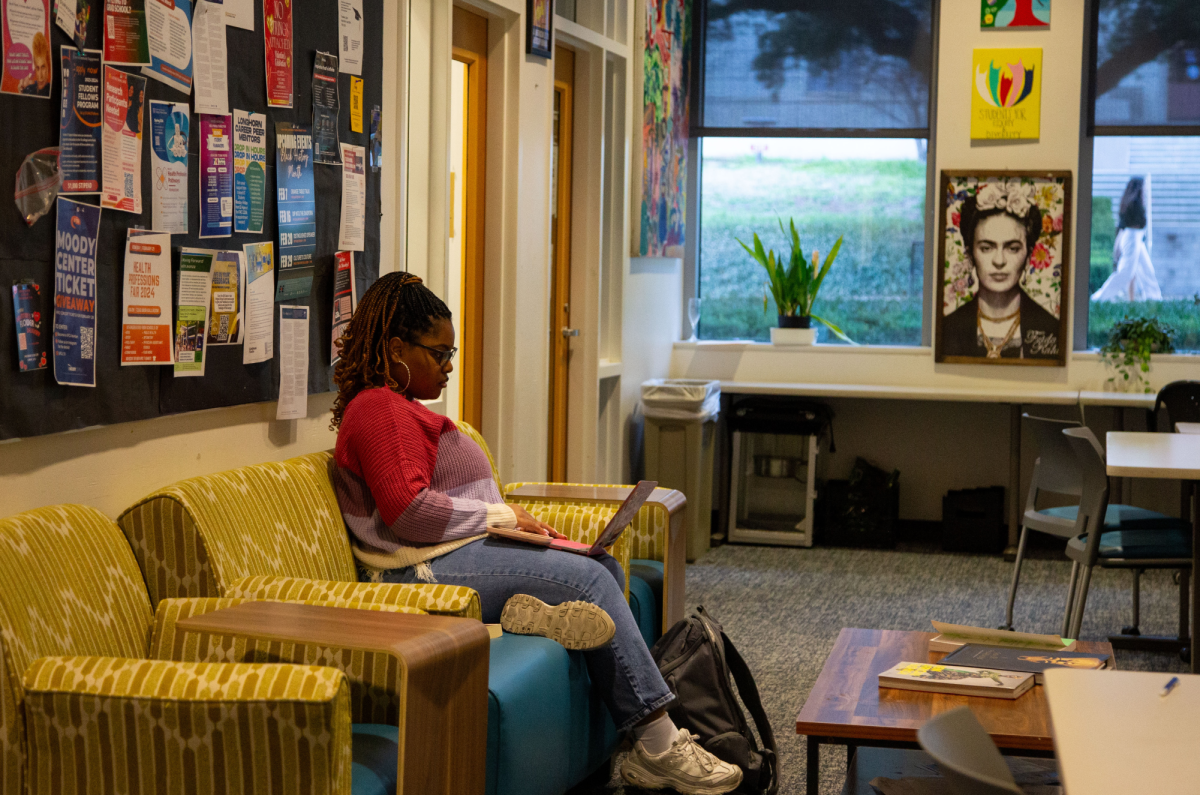Two UT professors have discovered a process to harness sunlight to split hydrogen from water and use it as a fuel source.
The process could eventually lead to the creation of a clean, affordable and renewable fuel that could potentially eliminate oil dependence.
“It’s certainly better for the environment,” said Son Hoang, a chemical engineering graduate student working on the project. “The only product is water, as opposed to gasoline, which produces carbon dioxide.”
Chemistry professor Allen Bard and chemical engineering professor Buddie Mullins lead the team of UT researchers.
The process mimics photosynthesis by harnessing the power of sunlight to split hydrogen and oxygen from water. This newly separated hydrogen can be used as a direct source of fuel, Son said.
Although researchers have made progress, there is a long way to go, Son said.
Bard and Mullins have been able to successfully complete their experiment, but there is still much work to do to stabilize it. The experiment is still very unstable and was only successful for a number of hours in lab conditions, Son said.
“The material being used is extremely unstable,” Son said. “It’s still not even in ideal condition.”
The team must find a material to split hydrogen from water that allows the process to go as smoothly as possible.
Chemical engineering graduate student Hoang Dang said in order for their experiment to continue to grow, they must find a sunlight-capturing material high in efficiency and in abundance that is stable enough to withstand the experiment for lengthy periods of time.
Converting to hydrogen as the main source of fuel would help reduce our carbon footprint by 30 to 40 percent, said Raymond Orbach, director of UT’s Energy Institute and the U.S. Department of Energy’s first Under Secretary for Science.
Orbach said when he thinks about the progress of the researchers, he is very hopeful and excited.
Although Bard and Mullins have received funding through the energy institute from ConocoPhilips and other private organizations, they still need much more to continue and complete their research, Orbach said.
The team received $2.5 million in grants from the National Science Foundation and U.S. Department of Energy to research methods to convert water into hydrogen fuel.
Orbach said the ultimate goal of the team is to receive $5 million in grants for the next five years. He said if that happens, the development of the new source of fuel will not be far off.
The California Institute of Technology, the University of California, Berkeley and the Massachusetes Institute of Technology are also working on similar experiments of their own, Orbach said. He said the competition creates a healthy challenge to be first and the best.
“I personally believe we have the best staff,” Orbach said. “I put my money on Al Bard and Buddie Mullins.”




















